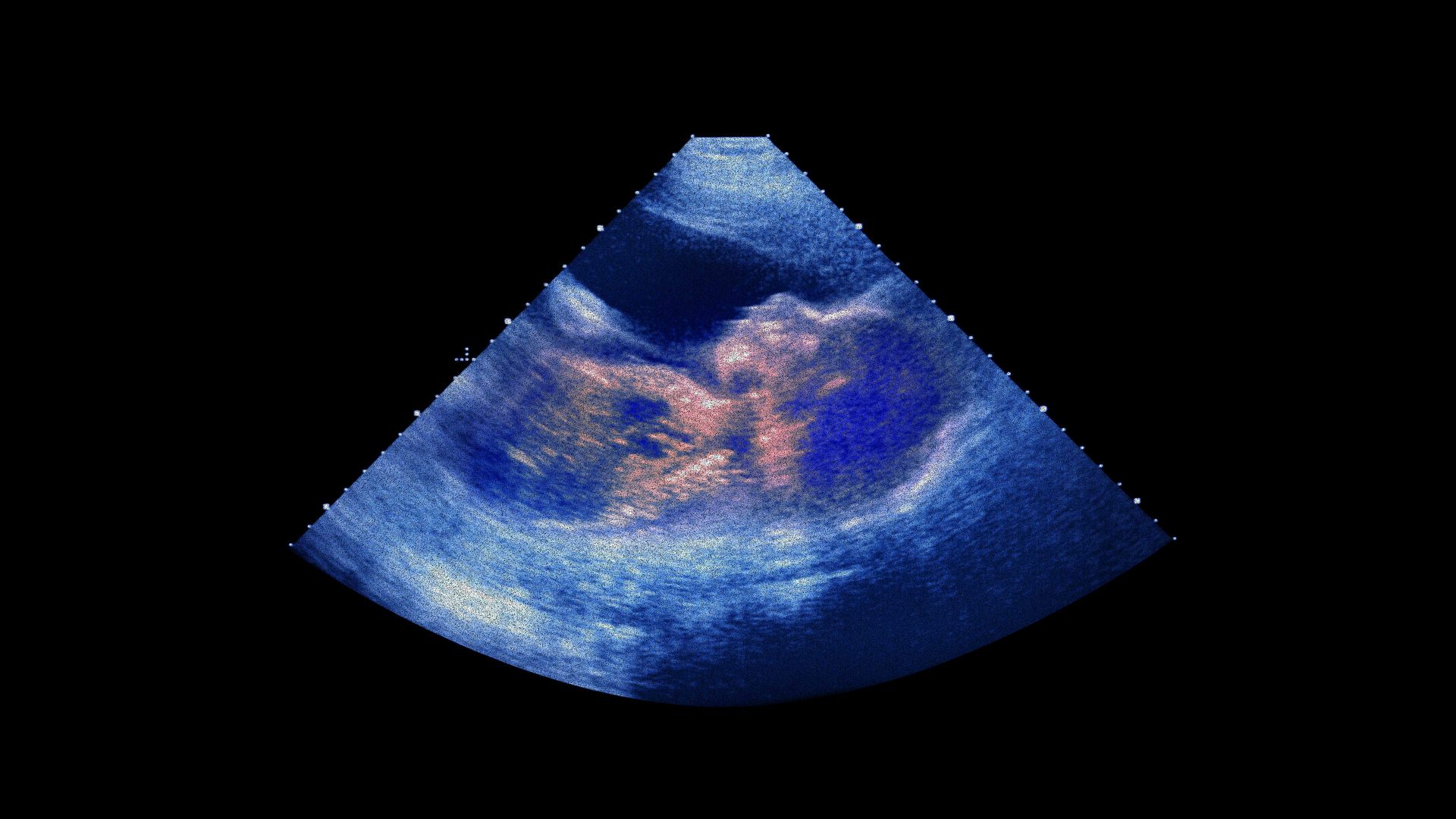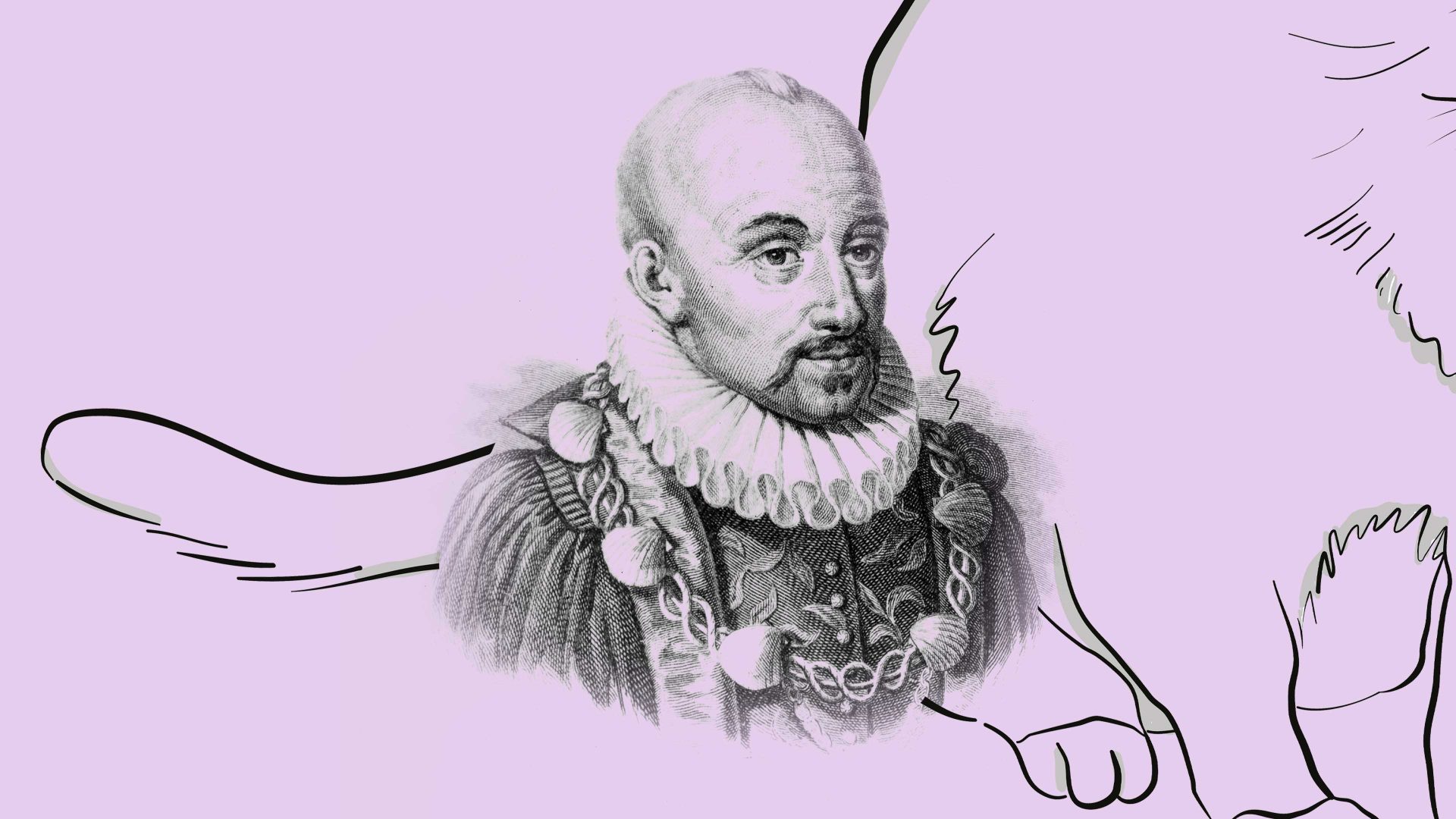IVF, first demonstrated in the 1970s, has allowed millions of people with fertility problems to have children. But it is powerless to help people who cannot produce gametes – eggs and sperm – at all. Treatment for ovarian cancer, for example, may damage or require removal of a woman’s ovaries. A new technology is under development that might enable fertility in such cases by producing gametes “artificially” from other cells in vitro.
Over the past two decades, human cells have been “reprogrammed” in all kinds of ways. Most strikingly, adult cells that have fully matured to their final tissue type – skin cells, say – can be transformed back into a stem-cell-like state called an induced pluripotent stem cell (iPSC), from which they can potentially develop into any tissue type. (I’ve had this done with my own skin cells, which were thereby grown into neurons.) In theory, gametes are just another target of cell reprogramming.
But in practice it’s tough, because gamete cells are not like all the others. They have only one copy of each of our 23 chromosomes, whereas other cell types have two copies. An egg fertilised by sperm then gets a complete double set, one from each parent. So the formation of gametes in the sex organs involves a special type of cell division called meiosis, where the 46 chromosomes are divvied up into two groups. To make gametes from other cells in vitro therefore means inducing meiosis artificially. That’s the hard part.
But it’s possible. Researchers have already done this for mouse cells, creating “artificial” sperm and eggs that have both been used in IVF to produce embryos which, when implanted in a mouse womb, grew into baby mice. This was first done by cell biologist Mitinori Saitou and colleagues at Kyoto University in Japan in 2012, who reported that the mice pups showed no signs of abnormalities.
To induce meiosis in stem cells in vitro, the Japanese team first grew them to a stage called a primordial germ cell (PGC), precursors to gamete cells that have not yet undergone the crucial step of meiosis. To complete the process, the PGCs needed a helping hand in the form of samples of ovarian or testicular tissue taken from mice, which supplied the biochemical signals the PGCs need to become true gametes.
There’s no obvious reason why this shouldn’t work for humans – but in reality it has proved to be harder. So far, Saitou and others have managed to coax human iPSCs to become primordial germ cells, and in 2018 the Kyoto team took these a step further towards making eggs by growing them alongside mouse ovarian cells. Others have made similar progress towards sperm. But such work still stops short of actual meiosis, and some researchers doubt that mouse ovarian cells could do that job with human PGCs.
Nonetheless many experts, such as cell biologist Robin Lovell-Badge at the Crick Institute in London, think it is just a matter of time before viable eggs and sperm can be produced this way.
Viable, that is, for making IVF embryos – but could those then become healthy babies? One key question is whether the “memory” of having been derived from mature adult cells, imprinted in the cells’ DNA, would be fully wiped when they are grown into gametes. Might such in vitro gametes be prematurely aged by their origin, giving rise to health issues in children born this way?
There’s a strong consensus among researchers that using these techniques for human reproduction (as opposed to, say, basic research into conception or embryology) should never happen, if at all, before these and other safety issues are rigorously checked out.
But the ethical issues are by no means all about safety. Egg collection is currently a key limiting factor in IVF. If in vitro gametes supplied not a handful of eggs but thousands, should people be allowed to make thousands of embryos and then, say, genetically screen them to select the “best” one or two for implantation? Would there ever be grounds for making gametes from the cells of children, very elderly people, the deceased, or even other embryos? Should someone be permitted to make both eggs and sperm from their own cells (yes, both are possible for both sexes) and then use them to make what some have dubbed a “unibaby”?
It’s not hard to conjure up grotesque scenarios, but sound regulation tends to come from considering instead what is likely. Lovell-Badge believes that human in vitro gametes could eventually become significant for reproductive technology, and will therefore need careful oversight. But they are also a reminder of the remarkable versatility of our cells.




